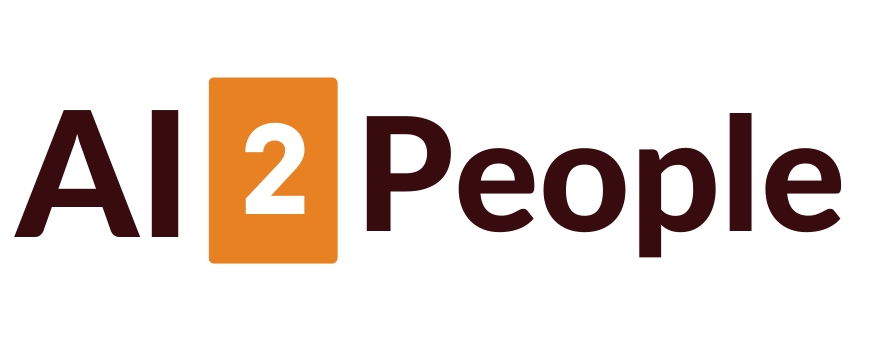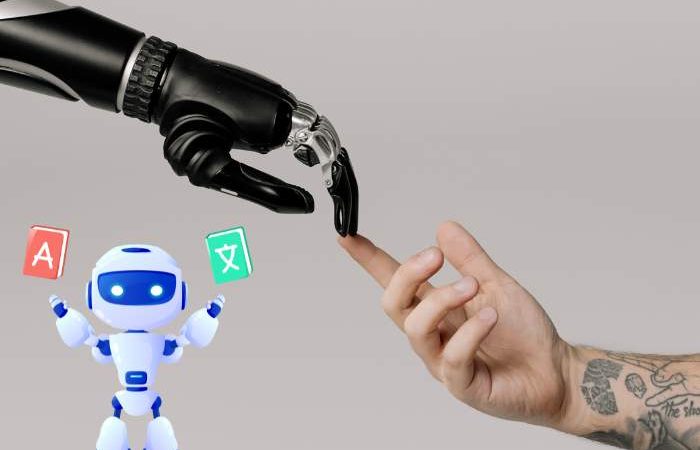
Meta’s New AI Model Can Identify Objects in Images: SAM
Meta, the company that owns Facebook, has announced the release of a new artificial intelligence model called Segment Anything Model (SAM). This technology can identify objects within images and videos, even if it has not been trained on those specific objects. Along with the SAM model, Meta has also released the largest dataset of image annotations ever created. The SAM model has already been used internally by Meta for tasks such as tagging photos, moderating prohibited content, and recommending posts to Facebook and Instagram users.
Identifying Objects with SAM
SAM can identify individual objects within images and videos. It can do this even when it has not been trained on those specific objects, thanks to its ability to segment anything. Users can select objects within an image by clicking on them or writing text prompts. For example, writing the word “cat” prompts the tool to draw boxes around each of several cats in a photo.
SAM is also capable of identifying objects that are partially obscured, have occlusions, or are in complex backgrounds. This means that it can identify objects in real-world situations, not just in controlled environments.
Generative AI Breakthroughs
Meta is not the only big tech company making breakthroughs in artificial intelligence. Microsoft-backed OpenAI’s ChatGPT chatbot became a sensation in the fall, which sparked a wave of investments and a race to dominate the AI space. Meta has teased several features that deploy the type of generative AI popularized by ChatGPT, which creates brand new content instead of simply identifying or categorizing data like other AI.
Meta’s CEO, Mark Zuckerberg, has said that incorporating generative AI “creative aids” into Meta’s apps is a priority for this year. Some examples of these creative aids include a tool that spins up surrealist videos from text prompts and another that generates children’s book illustrations from prose.
Broadening Access to AI Technology
SAM’s release will broaden access to this type of AI technology. The SAM model and dataset will be available for download under a non-commercial license. Users uploading their own images to an accompanying prototype must agree to use it only for research purposes.
Conclusion
Meta’s SAM model is an exciting breakthrough in the field of artificial intelligence. Its ability to identify objects within images and videos, even when it has not been trained on those specific objects, has many potential applications. With the release of the SAM model and dataset, Meta is broadening access to this type of AI technology. This could lead to even more breakthroughs in the future, not just for Meta, but for the entire AI industry.





















